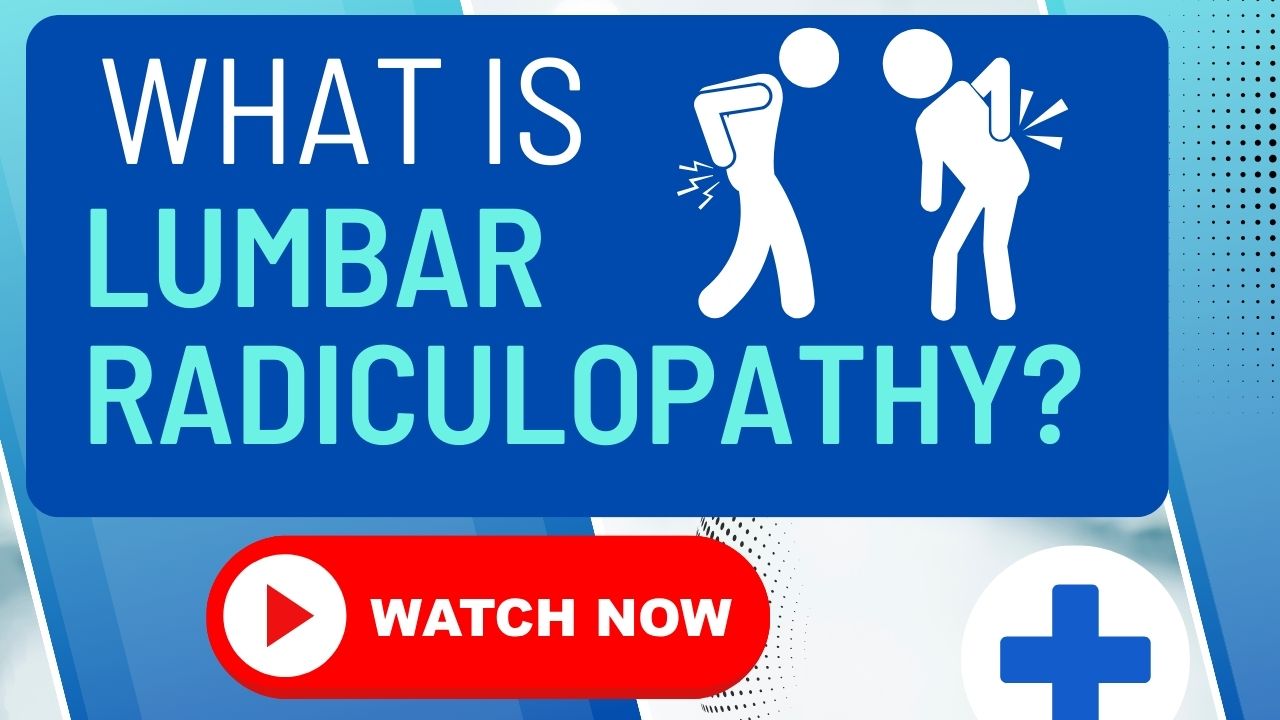
CONDITION OVERVIEW
Lumbar radiculopathy is the medical term for a "pinched nerve" in the lower back. It occurs when a nerve root in the lumbar spine becomes compressed or inflamed, leading to pain, numbness, or weakness that radiates along the path of the nerve. When this affects the large sciatic nerve, it causes the well-known collection of symptoms called **sciatica**. While the pain is felt in the buttock and leg, the root of the problem is almost always in the lower back. An accurate diagnosis is essential to target the specific source of the nerve compression and provide lasting relief.

ROOT CAUSES
Lumbar radiculopathy results from conditions that narrow the spaces in your spine where nerves exit, putting pressure on them. The most common culprits are degenerative changes and disc injuries.
The most frequent cause of sciatica. The gel-like center of a lumbar disc ruptures through its tough outer wall, pressing directly on a nerve root.
Common in older adults, this is the age-related narrowing of the spinal canal. Bone spurs can form and crowd the space, compressing the nerves.
This condition occurs when one vertebra slips forward over the one below it, which can tighten the spinal canal and pinch the exiting nerve roots.
An injury from a fall, car accident, or lifting a heavy object can cause a sudden disc herniation or inflammation that leads to radiculopathy.

RECOGNIZING THE SIGNS
The hallmark of lumbar radiculopathy is pain that travels down the leg, often called sciatica. Symptoms are almost always one-sided and follow the path of the specific nerve being compressed.
A sharp, burning, or shooting pain that starts in the buttock and travels down the back or side of the leg, sometimes all the way to the foot.
A persistent "pins and needles" feeling or areas of numbness along the nerve path in the leg, foot, or toes.
Weakness in the leg or foot muscles. This can cause difficulty lifting the front of the foot, known as "foot drop," causing your toes to drag.
While the leg pain is typically the primary complaint, a deep, aching pain in the lower back often accompanies the radicular symptoms.
Leg pain that is often triggered or worsened by prolonged sitting, bending forward, coughing, or sneezing.
During an exam, a doctor might find that the ankle-jerk or knee-jerk reflexes on the affected side are weak or absent.
ADVANCED SOLUTIONS
The goal of treatment is to alleviate the pressure on the compressed nerve root. The great majority of lumbar radiculopathy cases can be resolved with conservative, non-surgical care.
Shooting leg pain, numbness, and weakness are not things you have to live with. These are signs that a nerve in your lower back is compressed. An accurate diagnosis is the first step toward effective relief. Contact us to pinpoint the cause of your sciatica and create a personalized plan to get you back on your feet, pain-free.